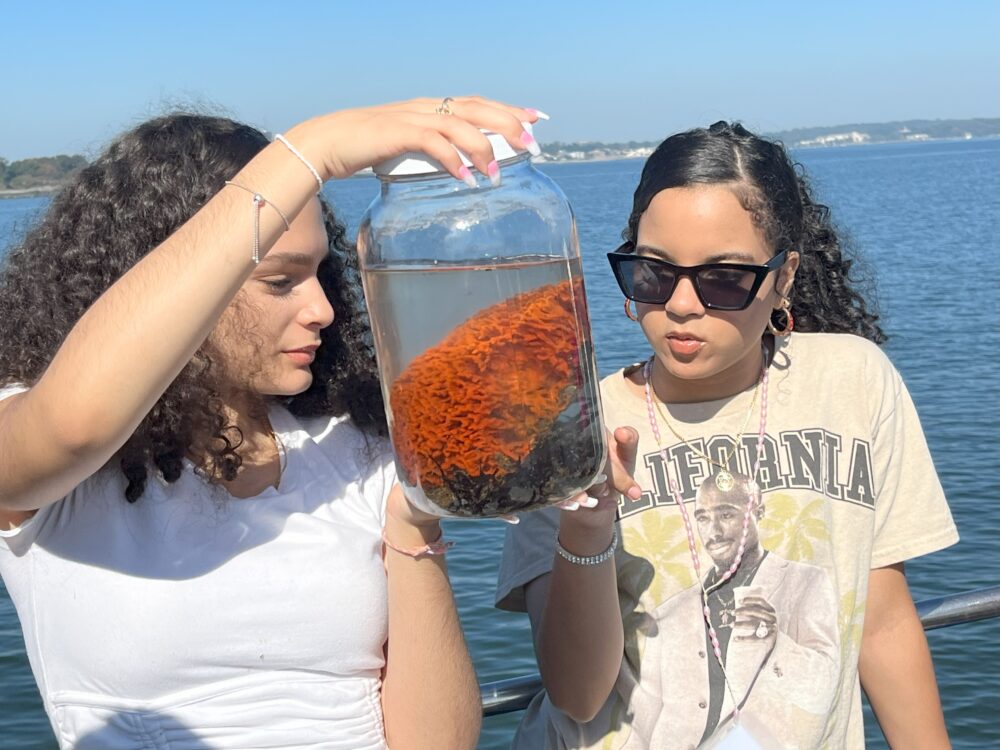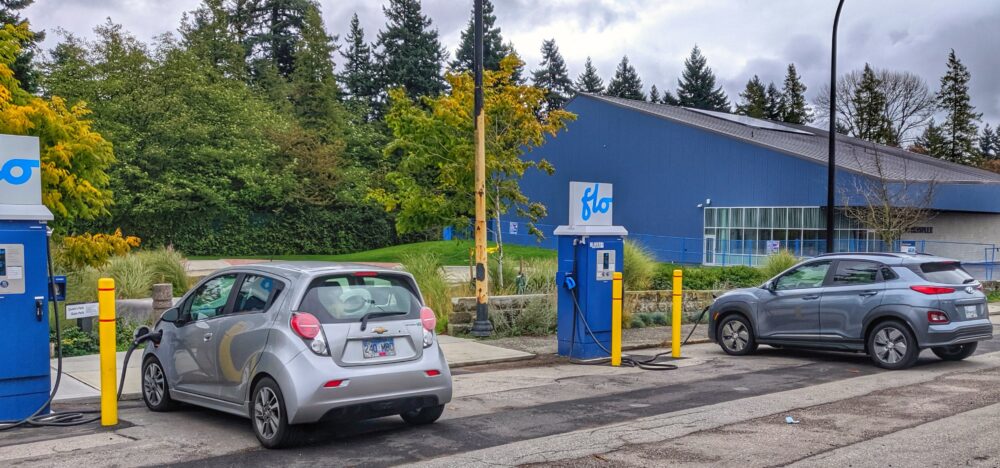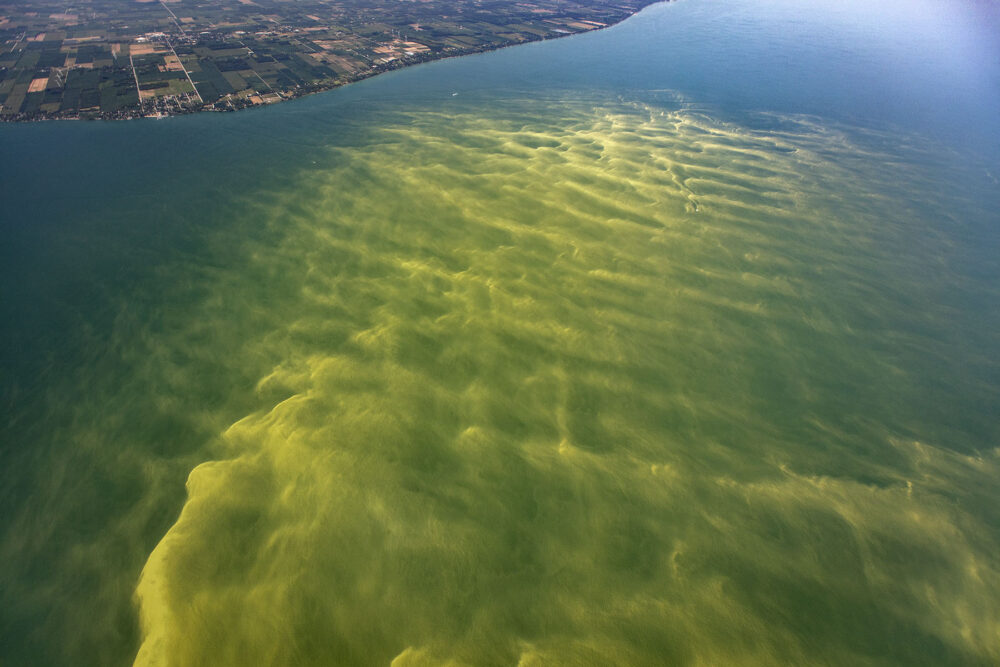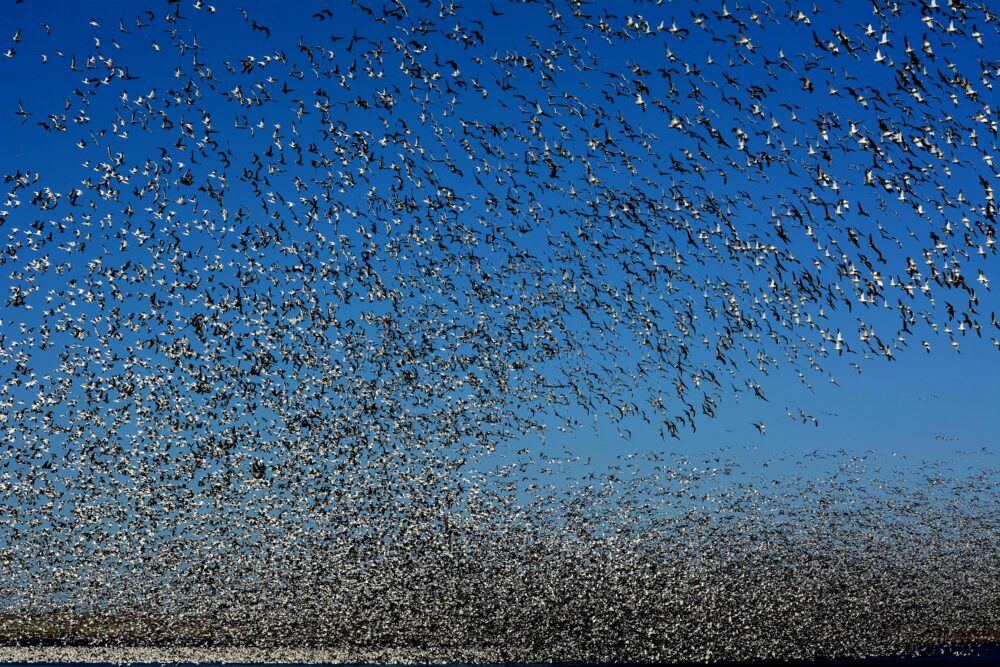We have much more to do and your continued support is needed now more than ever.
Big Week to Protect Kids from Mercury
Our kids need to spend more time outside experiencing nature, developing an appreciation for wildlife and the habitat that birds, fish, butterflies and everything else (including us) depend upon. My family would love to spend more time at this great Lake Erie beach in Oregon, Ohio, but it’s less than 4 miles from a 54-year old dirty, polluting, coal-burning electric plant.
New Mercury Limits to Coal-fired Plants
I’m struck by the power and potential the Obama Administration has this week when they finally issue standards (21 years in the making) that limit emissions of mercury and other hazardous pollutants from coal-fired power plants.
The new limits on mercury and other toxic air pollution will make the air that that my kids breathe cleaner as we explore the Great Lakes.
Bay Shore Power Plant Spews Toxics, Kills Fish

Hundreds of thousands of pounds of toxic chemicals are being released into the air and land. As the wind blows, the toxic pollution is carried into surrounding freshwater and neighborhoods. Obviously, as a parent, I am quite concerned about the impact on my kids and everyone else – and the new limits on mercury shouldn’t have taken 21 years to take effect.
But this coal-fired power plant isn’t simply a deterrent to my family’s fun in the sun. In fact, Bay Shore is costing our community plenty. The plant sits at the mouth of what is arguably the most biologically productive river in the entire Great Lakes basin, the Maumee, and kills small fish by the millions every year. A study conducted in 2010 estimates that Bay Shore’s fish kills cost Northwest Ohio’s recreational and commercial fishing economy $29.7 million every year. Mercury from coal-fired power plants kills wildlife across the Great Lakes.
You’d think, with the Clean Air Act of 1990 signed into law by President George H. W. Bush, all responsible utilities would have done right on behalf of their investors, employees, ratepayers and communities in the 21 years leading to this week. Nope. In 2008, First Energy actually led a pitched battle seeking an increase in the amount of mercury it could release at Bay Shore. It’s remarkable, really, considering how many other utilities around the country have made better business decisions the past two decades.
Ohio 2nd Highest Polluter of Mercury in U.S.A.
The Blade, Toledo’s Pulitzer Prize-winning, 175 years and counting daily newspaper just nails it in an editorial, ‘Hold Firm on Mercury’ published today:
Regulators must hold tight to the science behind their recommendations, and keep public health ahead of politics.
Ohio is the nation’s second-largest emitter of mercury. The new controls would be expensive, but so are the hidden costs that coal-fired power plants pass on to those who ingest mercury, a potent toxin that attacks the brain and central nervous system.
Mercury is especially harmful to young mothers and children. As it falls from the sky and settles on large bodies of water, such as the Great Lakes, mercury contaminates fish. The new form created in the water is many times more acute than what comes out of smokestacks.
Expensive? Maybe. But some in the utility and coal industry are spending $35 million for television advertising this week to delay these rules even longer. And, as the Center for American Progress points out, the dirtiest and most obstructive utilities are sitting on $18 billion in cash reserves.
Take Action to Keep the Clean Air Act Strong
Speak up today to protect the Clean Air Act from polluter-led attacks.






















